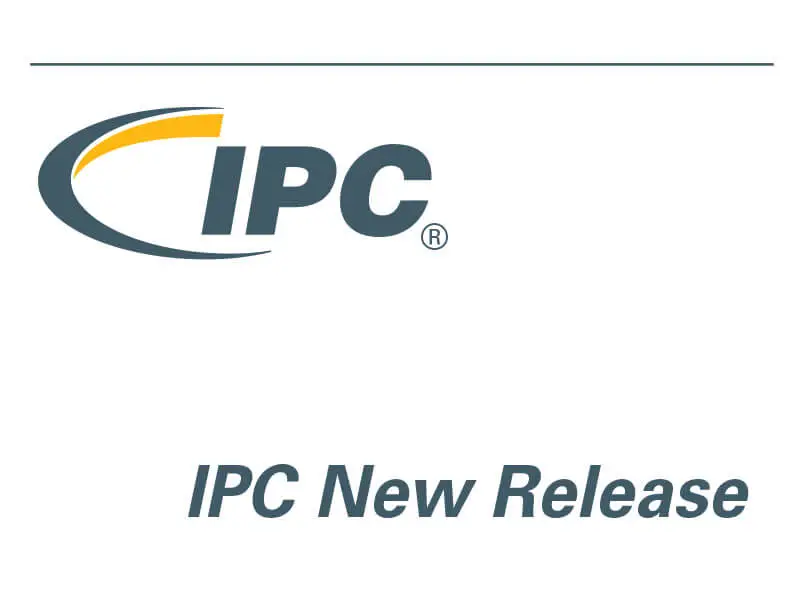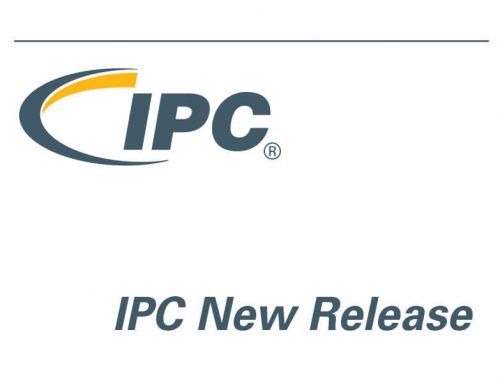IPC-9505 standard provides details of test methodologies for cleaning chemistry compatibility with electronic assembly materials that replace those in MIL-STD-202 Method 215 for testing electronic and electrical components such as capacitors, resistors, transformers, and inductors. The test methods can also be used, when applicable, to parts not covered by military specifications or drawings.
The number of pages is 52. Released September 2017.
This document establishes uniform methods for testing electronic and electrical component parts, including both static and dynamic cleaning exposure tests to determine resistance to deleterious effects from exposure to the cleaning agent and mechanical energy used to deliver the cleaning agent to the part. For this document, the term ‘‘component parts’’ includes such items as capacitors, resistors, switches, relays, transformers, inductors, and others.
This document develops and delineates the details of the test methodology (methods) for general electronic assembly cleaning chemistry type compatibility with electronic assembly materials. The ‘‘new’’ methods and procedures may be used in place of Mil-Std-202 method 215 which does not accurately represent modern cleaning chemistries used in electronic assembly manufacturing processes.
This document is designed to be used for proactive (compatibility) and reactive (incompatibility) test methods. Compatibility is the interaction between materials sets which do not negatively impact the end use product. This may include removal of flux while not interacting with the markings required for product use. Incompatibility is the interaction between materials sets which negatively impact the end use product. This may include removal of protective coatings and critical type markings.
To specify suitable conditions obtainable in the laboratory that give test results equivalent to the actual service conditions existing in the field, and to obtain reproducibility of the results of tests. The tests described herein are not to be interpreted as an exact and conclusive representation of actual service operation in one geographic location, since the only true test for operation in a specific location is an actual service test at that point.
To describe in one scope (1) all the test methods of a similar character which appeared in the various joint or single-service electronic and electrical component parts specifications, (2) those test methods which are feasible for use in several specifications, and (3), the recognized extreme environments, particularly temperatures, barometric pressures, etc., at which component parts will be tested under some of the presently standardized testing procedures. By so consolidating, these methods may be kept uniform and thus result in conservation of equipment, manhours, and testing facilities. In achieving these objectives, it is necessary to make each of the general tests adaptable to a broad range of electronic and electrical component parts.
View Table of Contents .pdf File.


